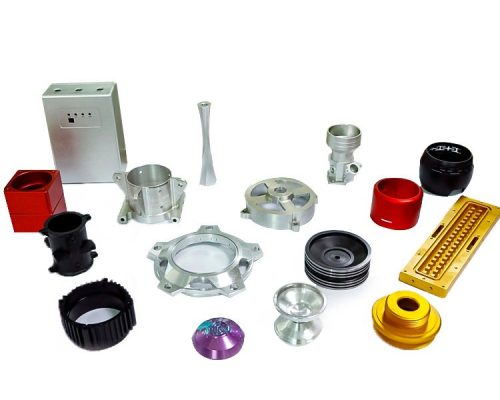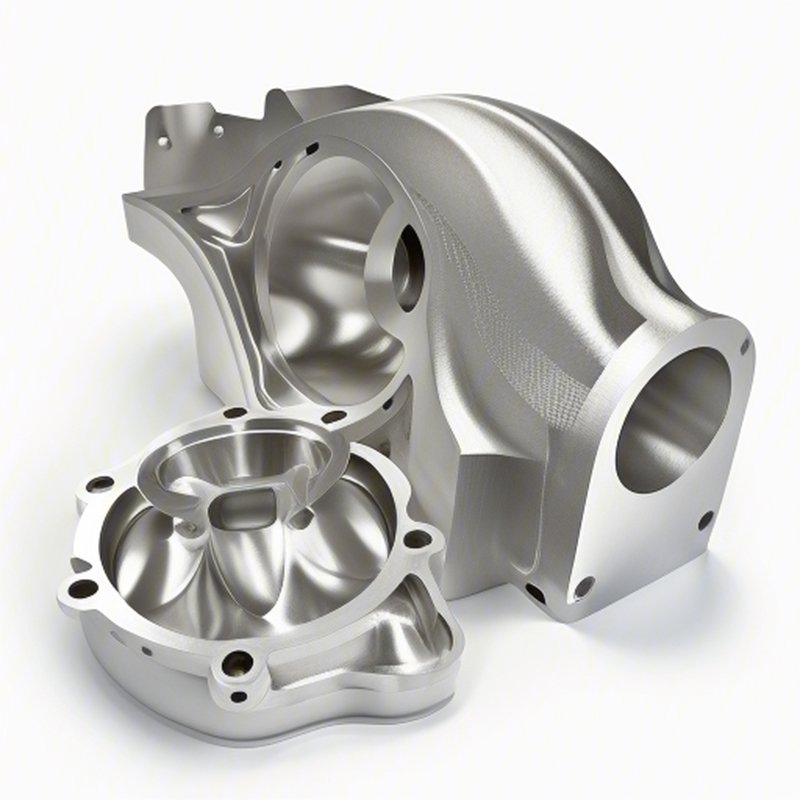Estimating the working hours for CNC machining parts is an essential aspect of project planning for manufacturers. This article delves into the complexities of this task, the factors that influence time estimation, and strategies that ensure accurate predictions, ultimately optimizing the production process.
Understanding CNC Machining
CNC (Computer Numerical Control) machining is revolutionizing the manufacturing process. Machines are automatically controlled using computer software that dictates their actions with precision and efficiency. Understanding CNC machining’s basics is crucial in estimating the time required for producing parts.
In general, CNC machining involves removing material from a solid block to create specific shapes and sizes. This process can include turning, milling, drilling, and grinding, with various equipment tailored to execute these functions. Each machining operation can differ significantly in terms of time, making accurate estimation indispensable for efficient workflow.
Factors Affecting Working Hours Estimation
Several variables impact the time taken to machine parts. Hence, it is crucial to consider them when making your estimates.
Complexity of Part Design
The design’s complexity directly influences machining time. More intricate designs usually call for more sophisticated tooling and extended setup times. Thus, when you find yourself estimating working hours, you are considering:
- Geometric Complexity: Complex shapes will require additional machining strategies and time.
- Tolerances: High-precision parts with tighter tolerances typically need extra time for setup and machining.
Material Type
Material selection significantly affects CNC machining time. Different materials have varying properties, including hardness, density, and machinability. For example:
- Soft Metals: Materials like aluminum can be machined quickly.
- Hard Metals: Steel or titanium requires slower machining speeds due to their hardness, resulting in longer working hours.
Machine Capability
The type and condition of the CNC machine being employed should not be overlooked. Advanced machines can achieve more efficient cuts and faster feed rates, reducing overall working time. Additionally, how well the machine is maintained has a vital influence:
- Up-to-Date Technology: Machines with contemporary features enhance productivity.
- Maintenance History: Well-maintained equipment tends to have fewer unexpected breakdowns.
Setup Time
Before production begins, machines require setup. This includes:
- Tool Changing: Switching from one tool to another can consume time.
- Calibration: Ensuring the machine operates correctly is essential and time-consuming.
Operator Skill Level
The operator’s skill and experience are critical in determining machining speed. An experienced operator can substantially reduce production times by:
- Efficient Programming: An adept operator ensures that programs run smoothly without errors.
- Troubleshooting: Quick identification and resolution of problems lead to lesser downtime.
Production Volume
The number of parts to be produced can also influence time calculations. Higher volumes may justify longer setup times, while lower production numbers may multiply the setup time per part. Bulk orders often facilitate economies of scale, leading to more efficient time estimates.
Techniques for Accurate Time Estimation
Now that you are aware of the influencing factors, let’s explore techniques for accurate working hour estimations.
Utilizing Software Tools
Modern CNC machining companies often employ software solutions that aid in estimating machining time:
- CAD/CAM Software: These programs are integral in modeling parts and analyzing machining processes and times based on historical data.
- Time Calculation Programs: Specific applications offer dedicated time estimates based on parameters inputted by the manufacturer.
Benchmarking Against Historical Data
Using historical data to guide your estimates is a powerful tool. Analyzing past projects allows for:
- Comparative Analysis: You can compare similar projects to refine future estimates.
- Data Collection: Keeping records of time taken for various parts helps build a more reliable estimation database.
Collaborative Estimation
Collaboration among team members who possess different expertise can yield improved accuracy. By gathering input from designers, operators, and project managers, you enhance the estimation process significantly through:
- Multi-Disciplinary Perspectives: Different viewpoints can illuminate aspects that may have been overlooked.
- Refinement: Collective input helps refine the final estimation leading to a practical timeline.
Prototype Testing
Creating prototypes is an additional step that can assist in accurate estimates. Prototypes help identify:
- Potential Problems: Early detection of issues can prevent delays during full production.
- Time Consumption: Measuring how long it takes to manufacture a prototype allows for more realistic estimates.
Continuous Improvement in Estimation Processes
Effective time estimation should always be dynamic. Continually refining your estimation methods ensures ongoing optimization.
Feedback Loops
Implementing feedback loops is a practical approach:
- Post-Project Reviews: After completing a part production, review what worked and what didn’t.
- Regular Team Meetings: Encouraging a culture of open communication can lead to steady updates in estimation practices.
Training and Development
Investing in ongoing training for operators and designers strengthens your estimation process:
- Skill Enhancement: Improving skill levels can lead to minute reductions in operational times.
- Technology Utilization: Regular training on new technologies ensures that the staff remains up-to-date, allowing for more efficient estimations.
Conclusion: The Importance of Accurate Estimation in CNC Machining
In summary, estimating working hours for CNC machining parts accurately is an essential skill. Several factors influence this estimation, including the complexity of part design, material type, machine capability, setup time, operator skill level, and production volume.
Utilizing software tools, historical data, and collaborative input significantly enhances the accuracy of your assessments. Continuous improvement through feedback and training further ensures that your estimation processes remain effective and competitive.
With accurate time estimates, manufacturers are experiencing streamlined operations, enhanced productivity, and increased profitability. Embracing these strategies ensures you are not merely surviving in the CNC machining industry but thriving whilst delivering quality parts within optimum time frames.


